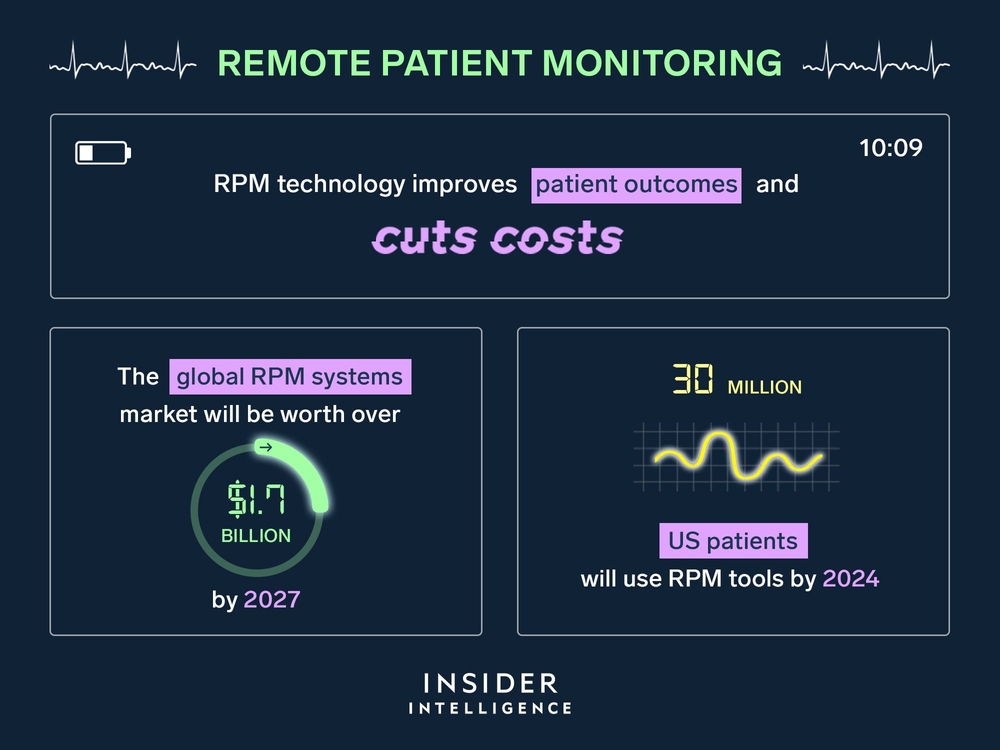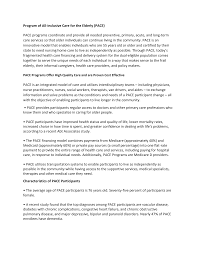
For a down-syndrome test, the doctor will collect the mother’s blood and have it analysed for DNA fragments. These DNA fragments are pieces of DNA between 25-30 base pair length that match a specific sequence. The researchers then counted all the gene fragments for each chromosome. Women with Down syndrome had higher numbers of DNA fragments from Chromosome 21 than those who didn't have it.
Screening tests help to determine the possibility of Down syndrome.
Screening tests are used to estimate the likelihood that a developing baby will have Down syndrome. A 1 in 1,000 chance of having a Down syndrome baby means that one in every thousand babies born to a woman will have the condition, while 999 will be normal. This is the National Screening Committee threshold for identifying a woman's chance of having a Down baby.

A blood test may be used to screen for fluids, age, gender and smoking status. These results will then be used by a computer program to determine if a baby is at risk for Down syndrome. Although some screening tests are precise, they can still give abnormal results. This is why it is essential to be educated about the risks associated with screening tests before any medical procedures.
Down syndrome can be diagnosed using diagnostic tests
Diagnostic tests for Down syndrome include blood and ultrasound evaluations. These tests are more likely to be false positive than tests done later in pregnancy. If you receive abnormal ultrasound results, your doctor might recommend amniocentesis or a sample from the amniotic fluid to confirm that Down syndrome is present. You can also use the quadruple markers screen to detect neural tube defects as well brain and spinal chord defects. These tests are done around 15 to 20 weeks after the first trimester. Your doctor may request a sample from your amniotic fluid if you are at high risk of developing any birth defects.
Ultrasound screening can also be used to identify Down syndrome within the womb. This test requires a woman to lay a special gel on her abdomen, and a small sample of blood is taken. The ultrasound transducer then sends sound waves through the amniotic fluid, which deflect off the uterine structures. The speed at sound waves bounceback is affected by their density. The computer will then analyze this information and convert it into an image for the fetus.
Screening tests can be invasive
Screening tests for Down syndrome are invasive. This is true regardless if they are associated with the possibility of miscarriage. According to a recent study, the current invasive tests do not perform better than theoretical NIPD test. Surprisingly, almost half of the women surveyed said no to these tests and one third of them said they wouldn't have it. However, some women may choose to undergo these tests if they believe that they are not at high risk of miscarriage.

The screening test for DS is making great progress since the 1980s. However, there are still many areas that need improvement. The invasive screening test for DS is now performed on approximately 5% of women. This results in false positives for between 60% and 80% of fetuses. These tests come with significant risks and are often false-positives. In 2008, 400 miscarriages resulted from screening for DS.
FAQ
What is a health system?
The entire spectrum of health care is covered, including rehabilitation and prevention. It includes hospitals as well as clinics, pharmacies, community health services, long-term and home care, addictions, palliative care, regulation, finance, education, and financing.
Health systems are complex adaptive systems. These systems have emergent characteristics that cannot be predicted by simply looking at individual components.
Complexity of the health system makes it difficult to understand and manage. This is where creativity is needed.
Creativity can help us solve problems that we don’t have the answers to. Our imaginations allow us to come up with new ideas and ways to improve the world.
Because they are constantly evolving, health systems require people who think creatively.
Thinkers who are creative can change the way the health system works for the better.
What are medical systems and what do they mean?
Medical systems were designed to make people live longer and more healthy lives. They ensure that patients get the best care possible when they are in need.
They ensure that the right treatment is given at the correct time. They provide doctors with the necessary information to help them give the best possible advice about the treatment that would be most effective for each patient.
What is the difference between health system and health services?
Healthcare systems go beyond providing health services. They cover all aspects of life, from education to employment to housing and social security.
Healthcare services, however, are focused on providing medical treatment for specific conditions, such as diabetes or cancer.
They could also refer to generalist primary care services provided by community-based physicians working under the supervision of an NHS trust.
What is my role within public health?
Participating in prevention activities can help you protect your health as well as the health of others. You can also contribute to improving public health by reporting any injuries or illnesses to healthcare professionals to help them prevent future ones.
What is an infectious disease?
Infectious disease can be caused by germs (bacteria or viruses) Infectious diseases spread quickly through close contact. Measles, rubella (German measles), pertussis (whooping cold), rubella (German measles), measles), chickenpox and strep throat are just a few examples.
What does "health promotion” mean?
Health promotion refers to helping people stay healthy and live longer. It focuses more on preventing disease than treating it.
It also includes:
-
Eating right
-
Get enough sleep
-
exercising regularly
-
Staying active and fit
-
Not to smoke
-
managing stress
-
Keep up with vaccinations
-
Avoiding alcohol abuse
-
Regular screenings and checks
-
learning how to cope with chronic illnesses.
What are your thoughts on the most pressing public health issues?
Many people have problems with obesity, diabetes, heart disease and cancer. These conditions lead to more deaths every year than AIDS or car crashes. In addition, poor diet, lack of exercise, and smoking contribute to high blood pressure, stroke, asthma, arthritis, and other problems.
Statistics
- Foreign investment in hospitals—up to 70% ownership- has been encouraged as an incentive for privatization. (en.wikipedia.org)
- For the most part, that's true—over 80 percent of patients are over the age of 65. (rasmussen.edu)
- Consuming over 10 percent of [3] (en.wikipedia.org)
- About 14 percent of Americans have chronic kidney disease. (rasmussen.edu)
- Over the first twenty-five years of this transformation, government contributions to healthcare expenditures have dropped from 36% to 15%, with the burden of managing this decrease falling largely on patients. (en.wikipedia.org)
External Links
How To
What are the key segments of the healthcare industry?
The major segments of the healthcare sector include diagnostics, pharmaceuticals, diagnostics and biotechnology, as well as therapeutics, health IT, medical equipment and medical devices.
Defibrillators are blood pressure monitors, blood pressure monitors, stethoscopes or ultrasound machines that can be used to diagnose, prevent, or treat diseases. These devices are often used to diagnose, treat, or prevent diseases.
Pharmaceuticals are drugs that are prescribed to treat disease or reduce symptoms. Some examples include antihistamines and antibiotics.
Diagnostics can be performed by laboratories to detect illness, injury, or other conditions. Some examples include blood tests and urine samples.
Biotechnology is the process of using living organisms (such bacteria) to make useful substances that can be used to benefit humans. You can find examples such as vaccines, insulin and enzymes.
Therapeutics are treatments administered to humans to treat disease or relieve symptoms. They can involve drugs, radiation therapy or surgical interventions.
The computer software programs called health information technology help doctors and their teams to manage patient records. It helps doctors track what medications are being taken and when they should be taken.
Any equipment used to diagnose, treat or monitor illnesses or conditions is medical equipment. These include dialysis machines and pacemakers, ventilators, operating table, and ventilators.